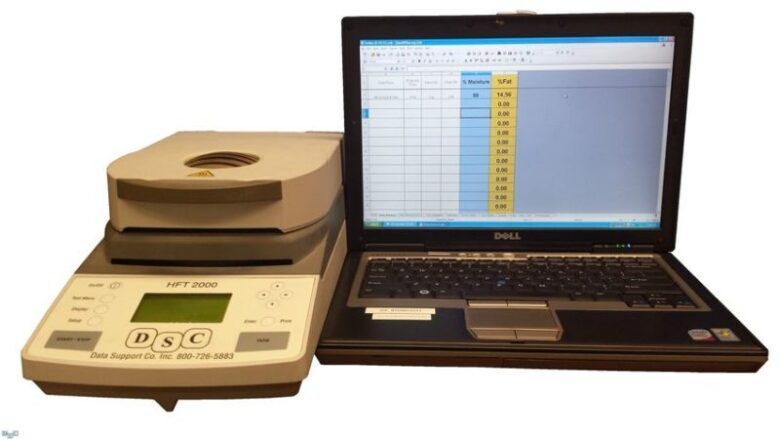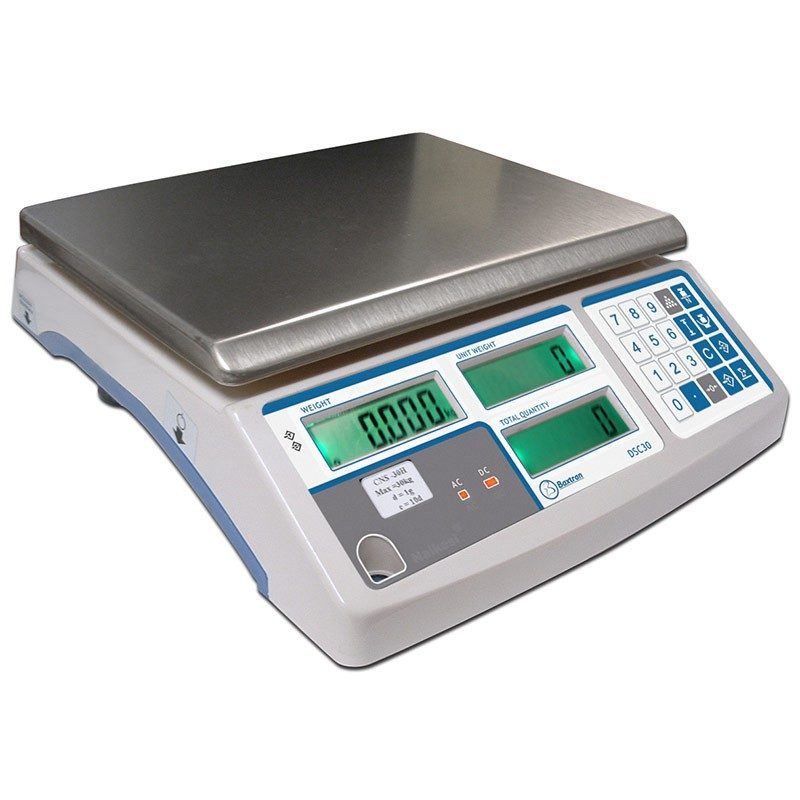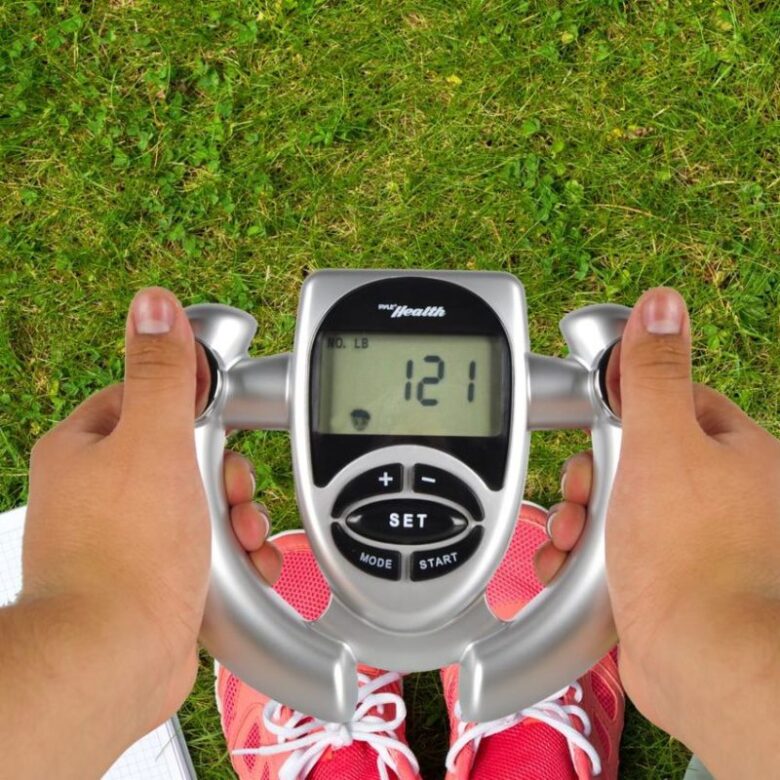We are seeing new developments in technology almost daily. One of such incredibly useful inventions is digital fat analyzers. These allow us to test the percentage of fat content from 1 percent lean to 99 percent fat which is extremely useful.
People consume a lot of meat and that meat has to go through numerous tests before it reaches the consumers in order to assure their safety. The fat analyzers used in the past were not as accurate, fast, and sensitive as the ones we can buy today. There are fat testers on the market for the raw, pure ground meat that conforms to the approved AOAC methodology. Some fat analyzers have managed to completely eliminate the human error in the analog reading of the drip method used in other readers that are currently on the market. Let me explain.
There are two main types of fat analyzers offered by DSCBalances:

- Drip-method fat analyzers
- Digital fat analyzers
So, the main difference between these two is that digital fat analyzer is more accurate, repeatebale, and profitable. And here’s how they work.
The drip-method uses a premeasured amount of meat. The meat is first heated and mixed with fat and water and you should determine the amount of fat volumetrically. This test should be repeated three times so that you can write down all three results and find an average. This average number would be the fat content. You can see how this can be imprecise, vague, and it leaves room for human-made mistakes. However, it can still be useful enough.
On the other hand, there are digital fat testers that are much more complex and precise. They use a special formula that, based on the moisture, fat, and texture, is able to show you the fat content on the digital screen. The meat is put on the scale, you close the lid, and press the start button. That is it. Quickly after that, the fat tester will notify you with a sound that the results are ready and you are able to read them from the screen.
These testers are accurate within half a percent. Also, they work perfectly with meat that has a very low-fat content which usually isn’t the case with other analyzers. They will give accurate results even if the meat has only around 1 percent of fat content.

Sometimes, the meat can be contaminated by the glass used in the analyzers. That means that the testers shouldn’t have any glass parts that will come in contact with the meat. Another important thing to consider when talking about fat analyzers is their usability. Anyone with very limited experience in the lab should be able to use them. Not only that, but the tests should be easily repeatable.
It’s important for people to be able to believe the companies from which they’re buying food. That is why accurate analyzers are necessary. If the meat is marketed like it has 10 percent of fat, then that should really be the case.


